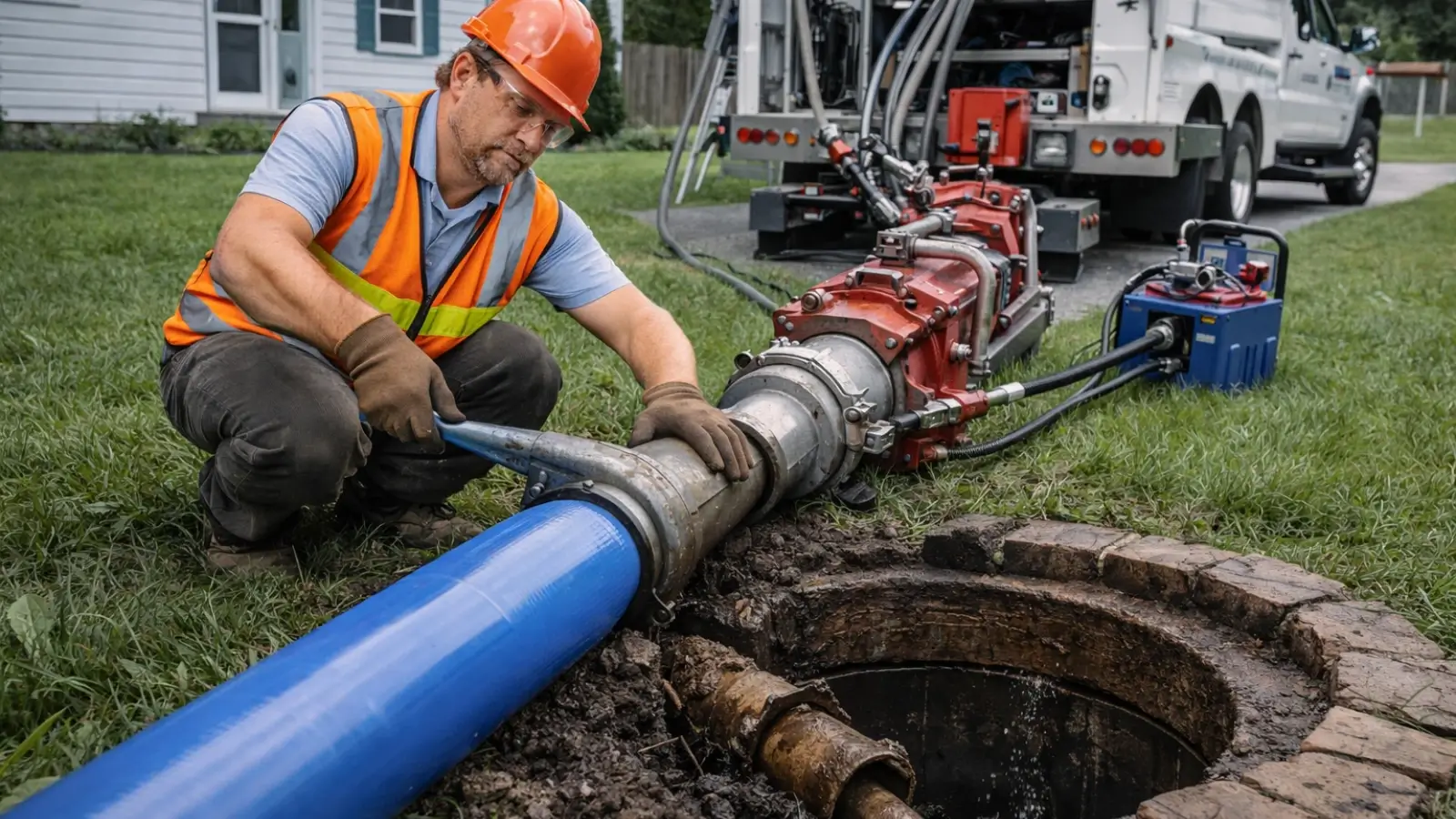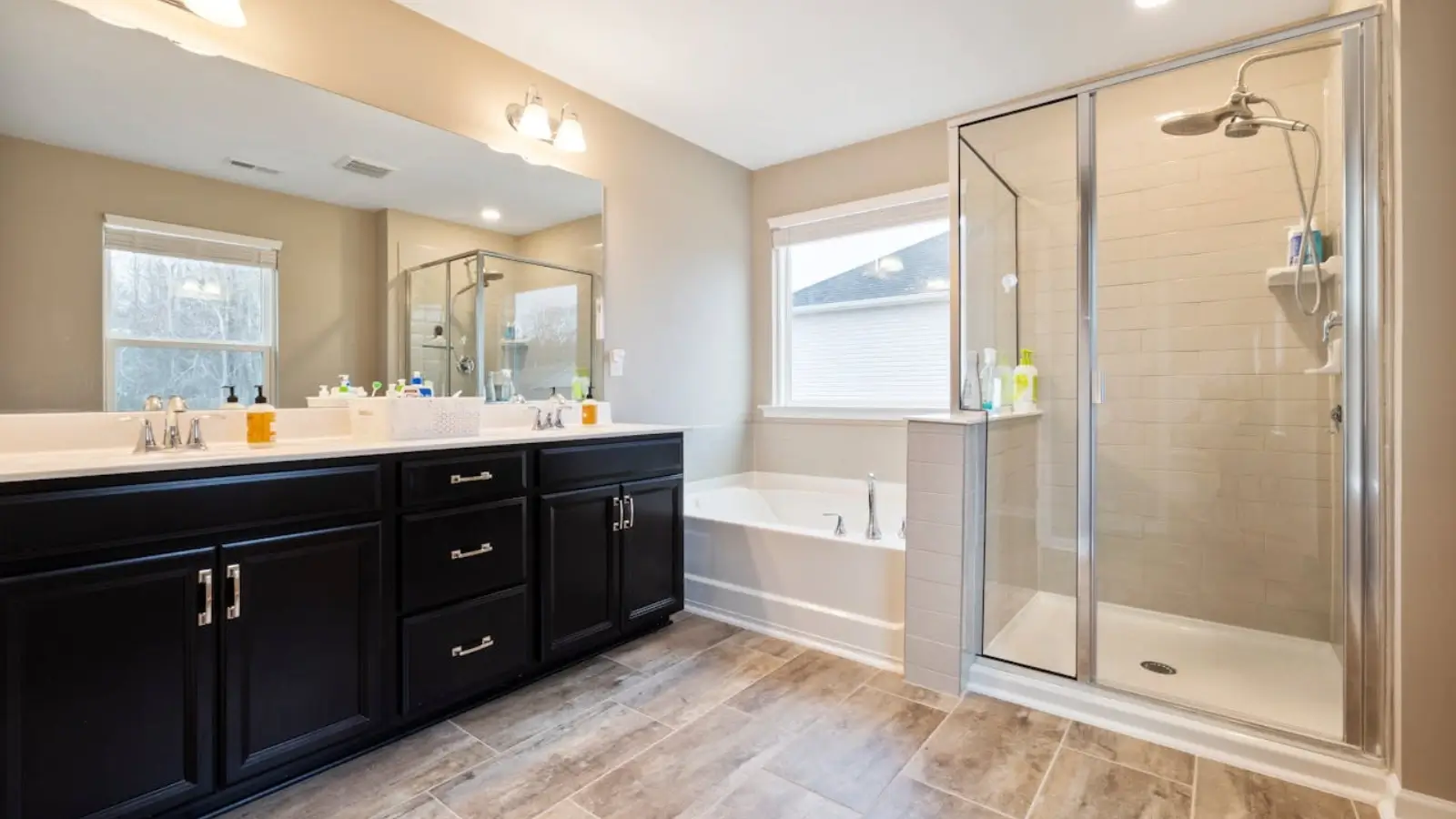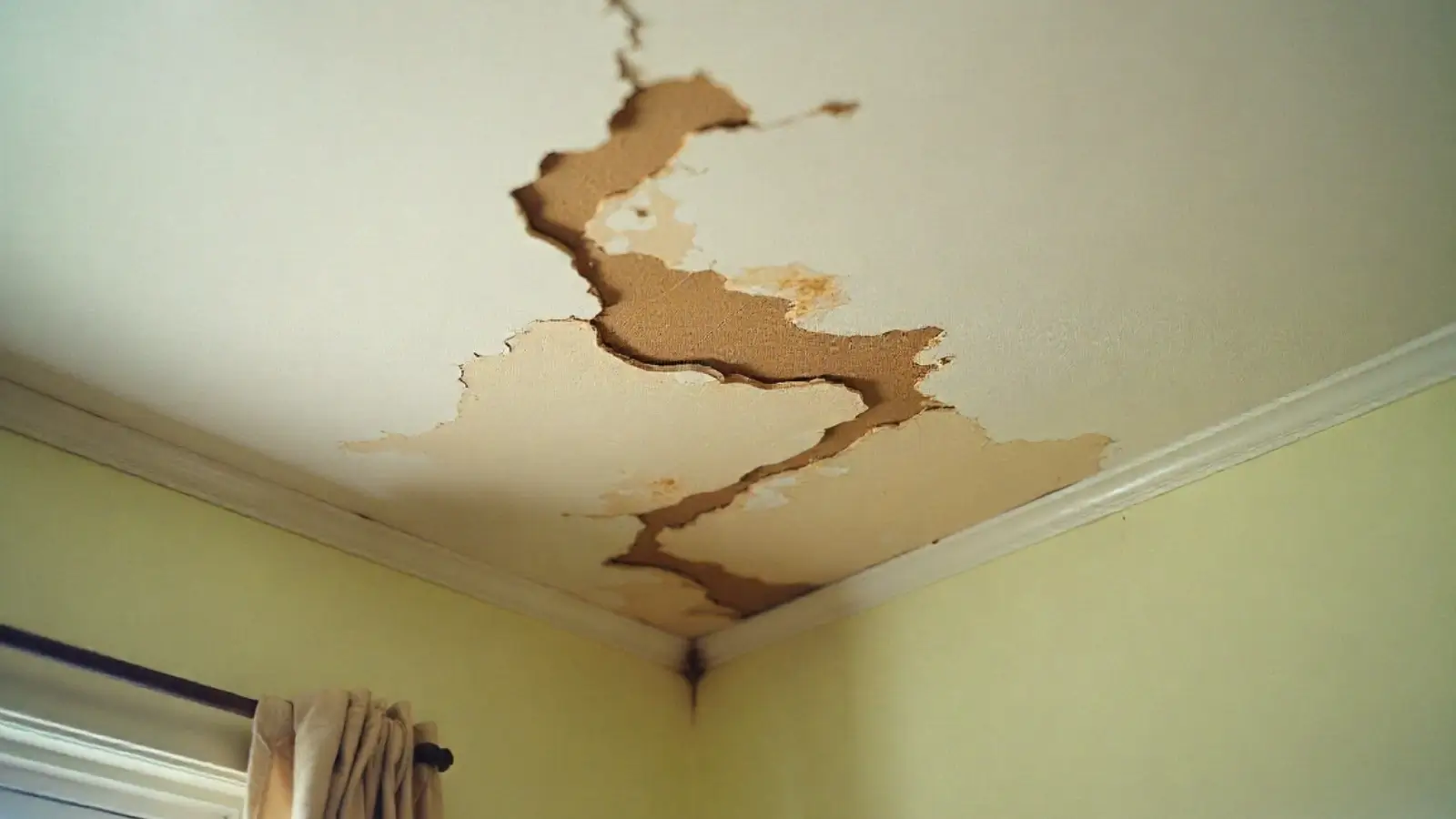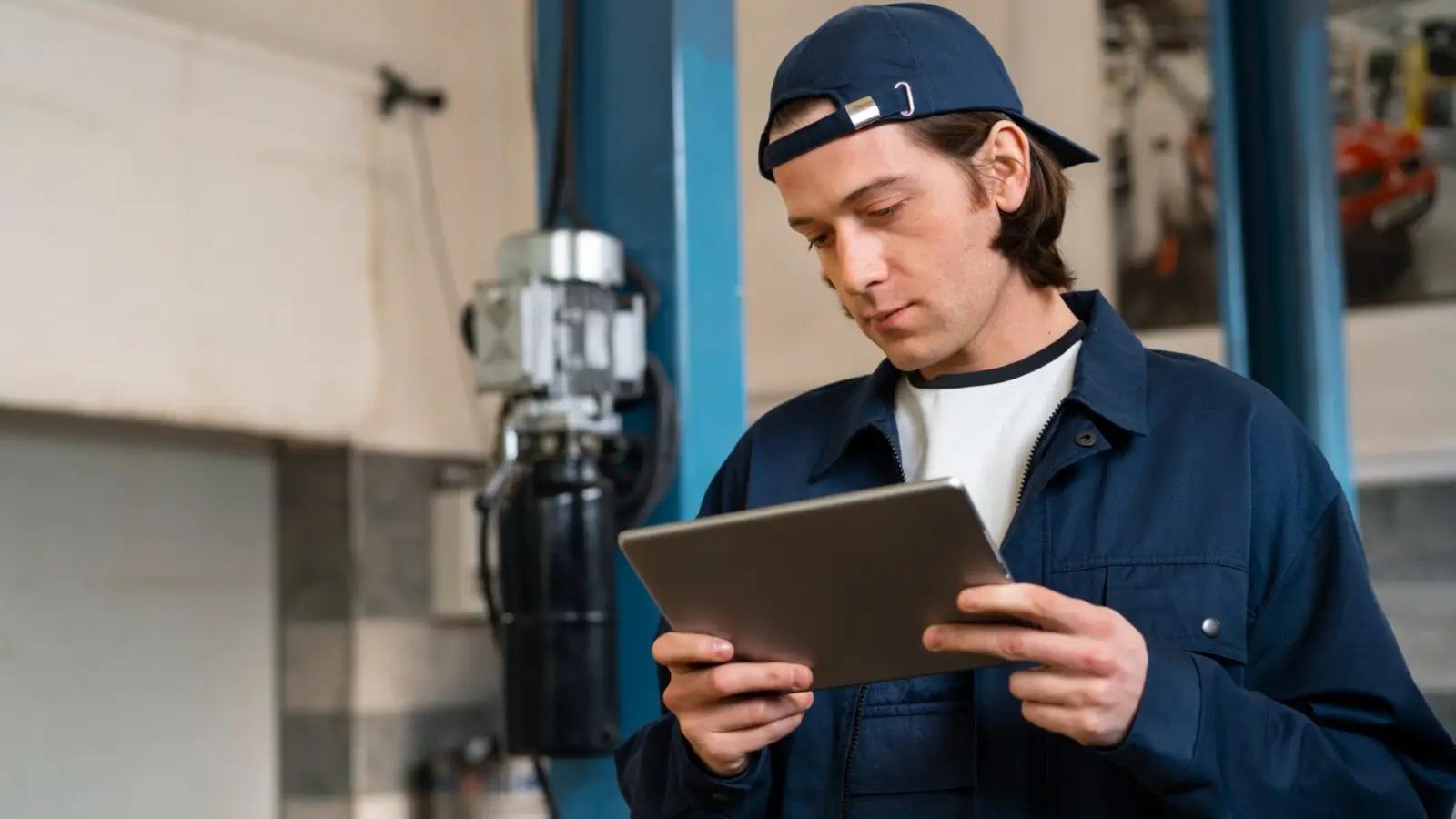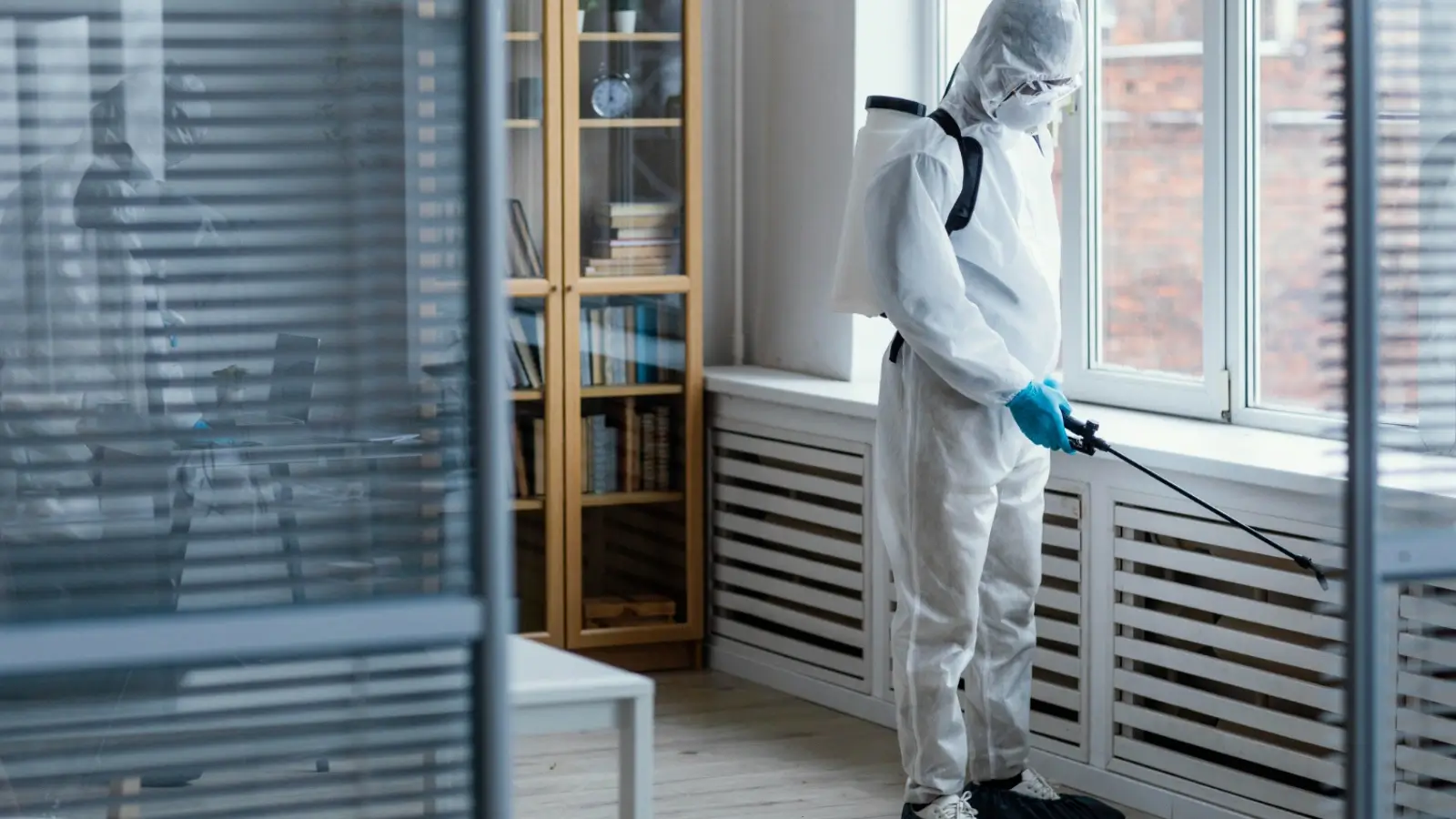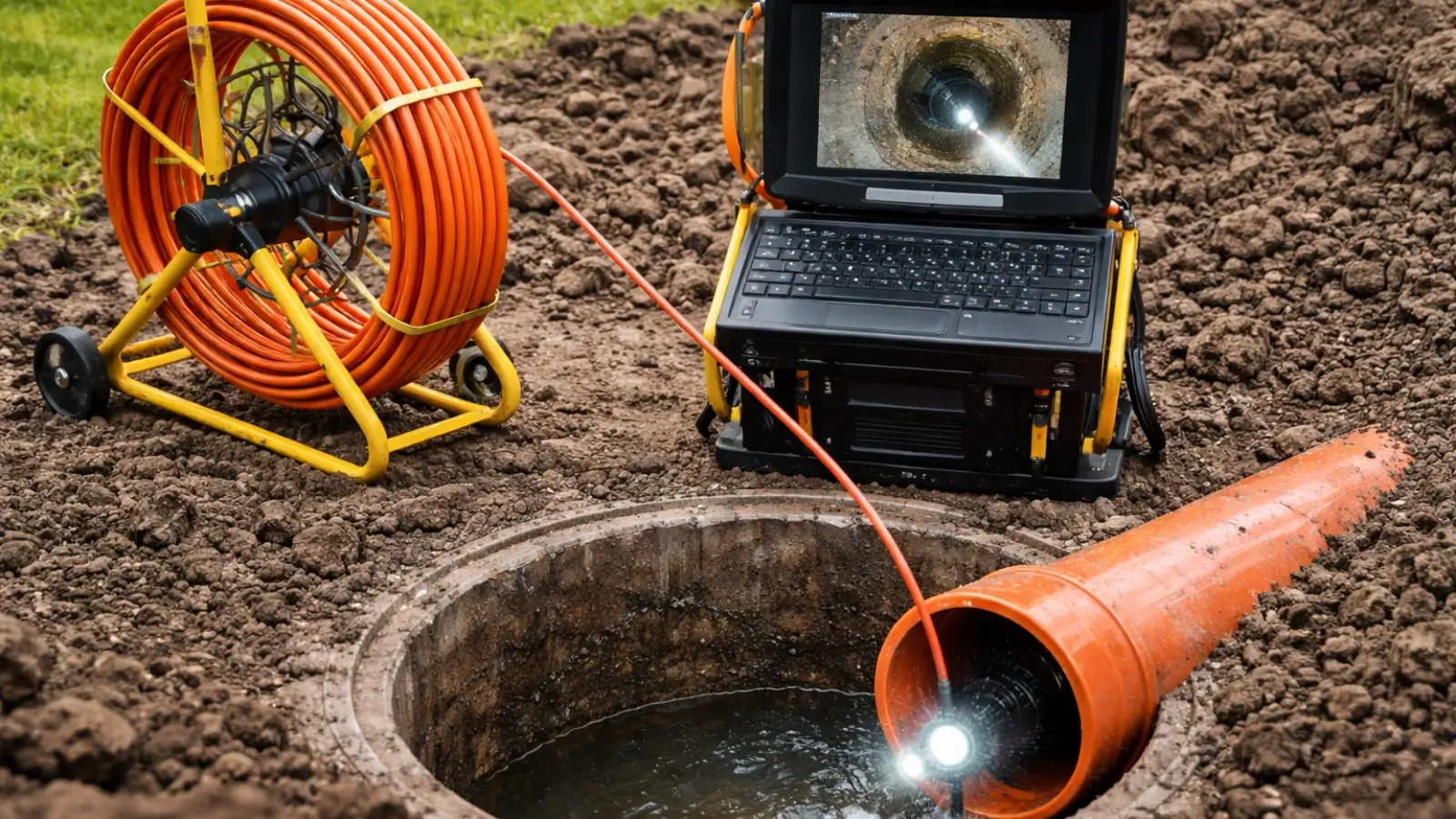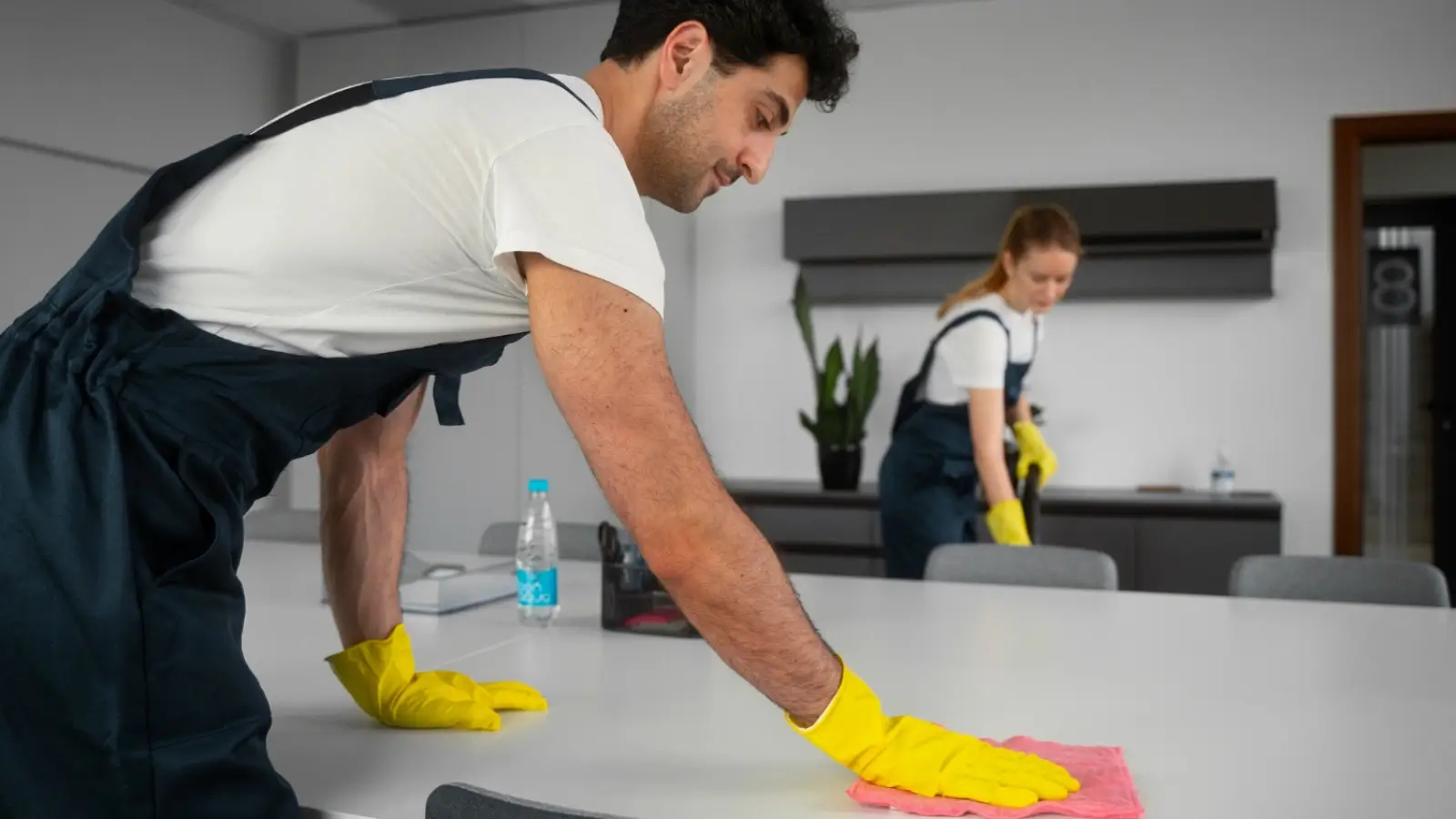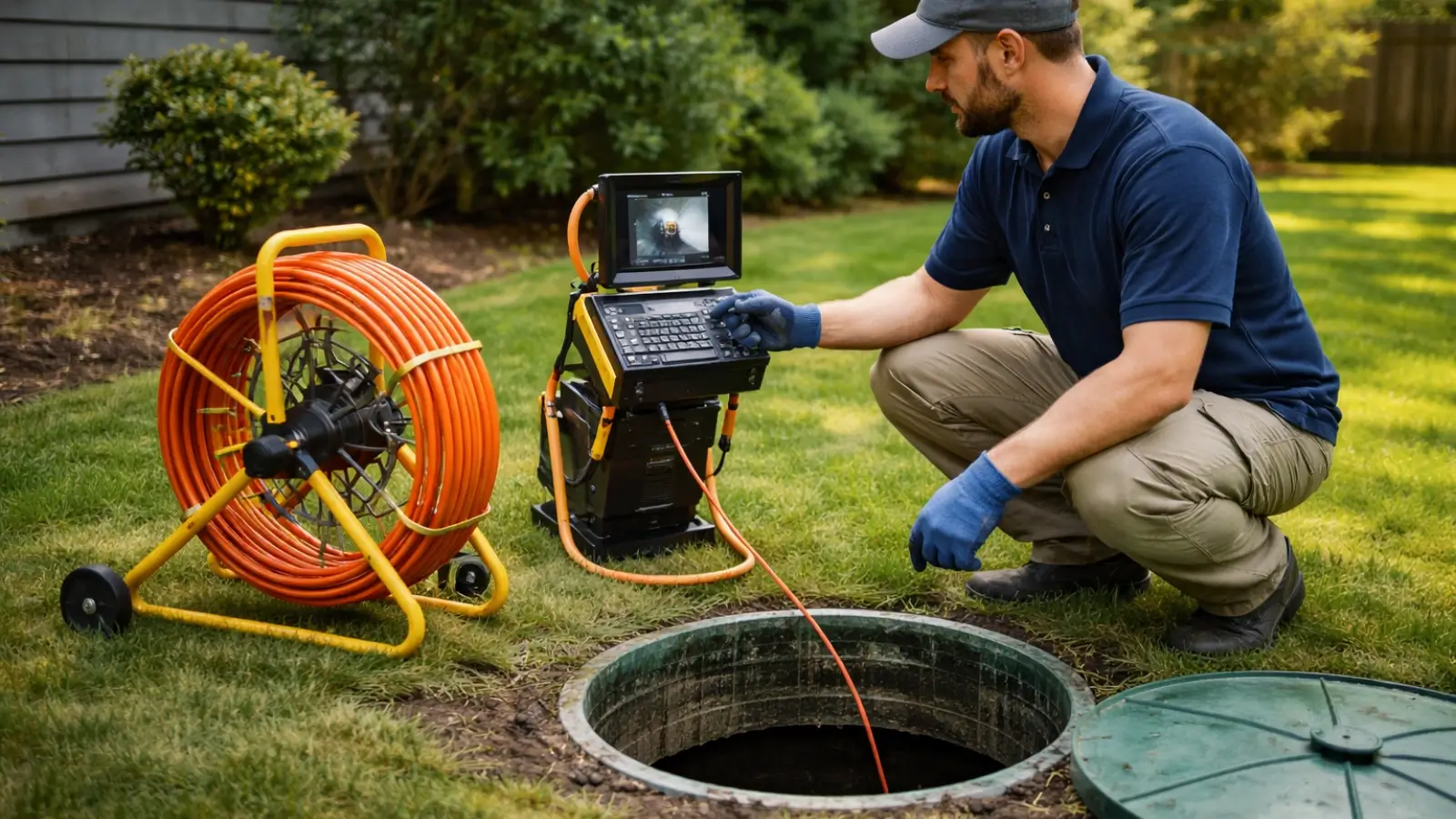When it comes to designing or renovating bathrooms, kitchens, or basements, one truth stands tall — moisture is the enemy. From steamy showers and kitchen spills to damp basement corners, water has a sneaky way of destroying traditional building materials. That’s where waterproof plywood steps in as a total game changer.
If you’re tired of warping cabinets, rotting subfloors, or swelling walls, it’s time to get familiar with this powerhouse material. Here’s why waterproof plywood is transforming modern home construction — and why your next project needs it.
What Is Waterproof Plywood, Really?
Let’s clear up the confusion. Waterproof plywood isn’t just any old plywood with a fancy label. It’s engineered using moisture-resistant hardwood veneers and bonded with waterproof adhesives — often phenol-formaldehyde resin — to ensure it can handle wet and humid environments without falling apart.
Unlike standard plywood, which can swell, delaminate, and rot when exposed to water, waterproof plywood holds strong, keeps its shape, and lasts longer under pressure.
Bathroom Bliss: No More Warped Wood
Bathrooms are the battleground for moisture. Think daily showers, steam, and occasional plumbing leaks — all of which can wreak havoc on traditional wood materials.
Waterproof plywood changes the game by:
-
Resisting swelling and distortion from steam and humidity
-
Maintaining structural integrity behind tiles or under flooring
-
Making long-lasting vanities, cabinets, and wall panels
Whether you're building a spa-style sanctuary or renovating a small powder room, waterproof plywood offers peace of mind and long-term durability.
Kitchen Confidence: Spills? No Problem
Kitchens may not seem as water-prone as bathrooms, but think again. From boiling pots to splashes at the sink, spills and moisture are a daily occurrence. And the last thing you want is cabinets or countertops that warp and weaken over time.
Waterproof plywood in kitchens offers:
-
Strong, stable cabinet construction
-
Durable subflooring under tiles or vinyl
-
Protection against sink leaks and appliance moisture
Plus, it's easier to finish and paint, making it perfect for both function and aesthetic appeal.
Basement Builds: Beat the Damp
Basements are notorious for their moisture issues — think condensation, seepage, and even minor flooding. That’s why waterproof plywood is the ideal material for finishing basement spaces.
Use it for:
-
Subfloors over concrete slabs
-
Wall paneling and framing
-
Built-in storage units or bars
Its resistance to mold, rot, and structural breakdown makes waterproof plywood the smarter, safer choice for below-grade construction.
Durability That Saves You Money
Let’s be honest — renovations aren’t cheap. But using waterproof plywood can actually save you money in the long run by preventing damage, minimizing repairs, and extending the life of your finishes.
Compared to cheaper alternatives like particle board or MDF, which can break down quickly in moisture, waterproof plywood is an investment in quality and longevity.
Easy to Work With, Easy to Love
Despite its toughness, waterproof plywood is just as easy to cut, shape, and install as regular plywood. That means no special tools, no complicated prep — just a stronger, smarter material that fits seamlessly into your workflow.
Finish it with paint, veneer, or laminate, and it looks just as good as it performs.
Final Word: Upgrade Your Build with Waterproof Plywood
Bathrooms, kitchens, and basements all have one thing in common — they battle moisture daily. And traditional wood just isn’t up to the task.
Waterproof plywood offers a better, bolder solution. With its unmatched durability, moisture resistance, and versatility, it’s transforming how we build the most water-prone areas of our homes.










